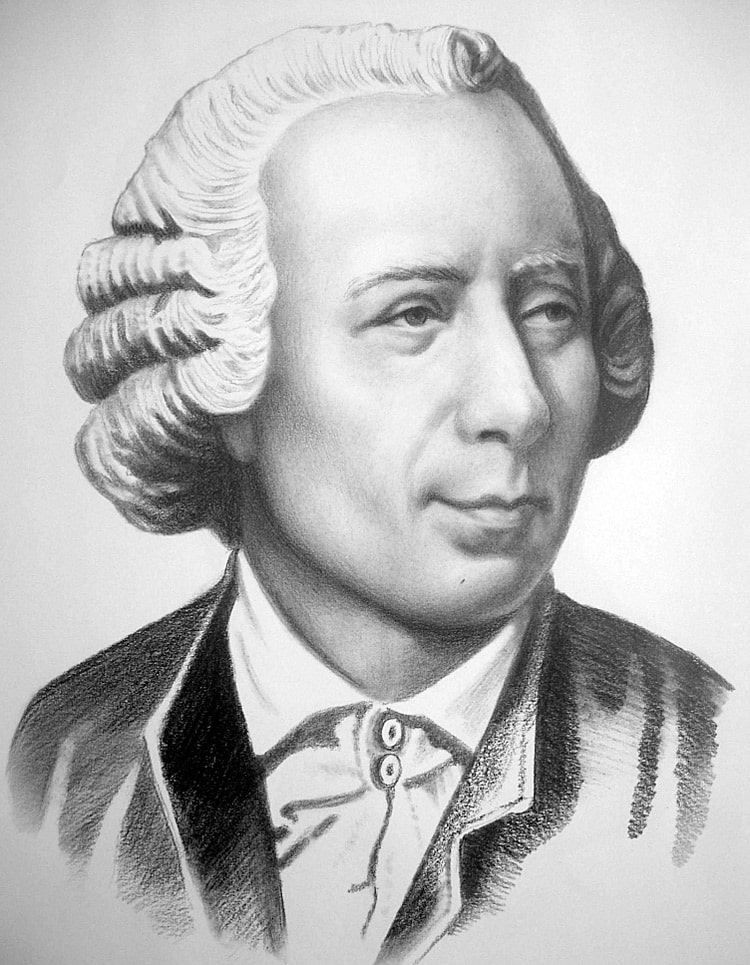Who invented sudoku? When I first started solving my first puzzles 10 years ago, this question kept bugging me. But to be honest, even today it is impossible to answer it unequivocally.
I can single out two people who played a significant role in the formation of Sudoku.
But first things first.
Sudoku in the 18th century
The origins of Sudoku can be traced back to the late 18th century, to a Swiss mathematician named Leonhard Euler. Euler developed a mathematical concept known as Latin squares, which laid the groundwork for the modern Sudoku puzzle. However, the Sudoku puzzles as we know them today were not developed until much later.
In Japan, the puzzle was given the name “Sudoku,” which means “single number.” The puzzle quickly became a cultural phenomenon in Japan and eventually spread to other countries around the world. Today, Sudoku is one of the most popular puzzle games in the world, with millions of people playing it every day.
Father of Sudoku: Leonhard Euler

Leonhard Euler was one of the most influential mathematicians in history, making significant contributions to a wide range of mathematical fields, including calculus, number theory, graph theory, and mathematical physics. Euler was born in Basel, Switzerland, in 1707, and he spent most of his career in Russia and Germany. He was a prolific writer, and his published works comprise more than 800 books and papers, making him one of the most productive mathematicians of all time.
One of Euler’s most significant contributions to mathematics was his development of the calculus of variations. The calculus of variations is a branch of mathematics that deals with finding the function that minimizes or maximizes a particular quantity, such as the length of a curve. Euler was able to derive the necessary equations for finding these functions, which became the basis for many of the modern techniques used in optimization and control theory.
Euler also made significant contributions to number theory, including his proof of Fermat’s Last Theorem for the case of n=3. He also introduced the concept of the totient function, which counts the number of positive integers less than a given integer that are relatively prime to it. This function has numerous applications in cryptography and other areas of computer science.
In the field of graph theory, Euler is perhaps best known for his solution to the Seven Bridges of Konigsberg problem. This problem asked whether it was possible to walk through the city of Konigsberg, crossing each of its seven bridges exactly once. Euler was able to show that this was not possible, using the concept of graph theory, which he helped to develop. Graph theory is now a fundamental tool in computer science, and it has numerous applications in network analysis, data mining, and social media.
Euler also made significant contributions to mathematical physics, particularly in the areas of fluid dynamics and mechanics. He developed the equations of fluid motion, which are now known as the Navier-Stokes equations. These equations describe the behavior of fluids in motion and are used in many areas of engineering and physics.
Euler’s work has had a profound impact on modern mathematics and science, and his ideas continue to inspire new generations of mathematicians and scientists. His contributions to the calculus of variations, number theory, graph theory, and mathematical physics have paved the way for many of the modern advances in these fields. Euler’s legacy is evident in the numerous mathematical concepts and equations that bear his name, including Euler’s formula, Euler’s equation, Euler’s totient function, and the Euler-Lagrange equations.
In conclusion, Leonhard Euler was one of the greatest mathematicians in history, whose contributions to a wide range of mathematical fields continue to influence modern science and engineering. Euler’s work has left an indelible mark on the world of mathematics, and his ideas continue to inspire new generations of mathematicians and scientists.
Who made Sudoku popular?
Maki Kaji was a Japanese puzzle enthusiast who is widely credited with popularizing the Sudoku puzzle game around the world. Born in 1951 in Sapporo, Japan, Kaji was an avid puzzle solver from a young age. He graduated from Keio University with a degree in economics in 1974 and went on to work for a printing company in Tokyo.

Kaji’s interest in puzzles led him to start a puzzle magazine called “Nikoli” in 1980. The magazine featured a variety of puzzles, including Sudoku, which Kaji had discovered on a trip to the United States. At the time, Sudoku was not widely known in Japan, and Kaji saw an opportunity to introduce the puzzle to a wider audience.
Kaji played a key role in popularizing Sudoku in Japan, and the puzzle quickly became a cultural phenomenon in the country. The popularity of Sudoku in Japan eventually caught the attention of the rest of the world, and Kaji’s Nikoli magazine began exporting Sudoku puzzles to other countries.
Kaji also played a role in standardizing the rules and format of Sudoku puzzles. He worked with puzzle makers and publishers to establish guidelines for the number of clues required and the layout of the puzzle grid. Kaji’s efforts helped to ensure that Sudoku puzzles were consistent and recognizable, regardless of where they were published or who created them.
In addition to his work with Sudoku, Kaji was also involved in promoting other puzzle games, such as the popular Japanese puzzle game “Slitherlink.” He was a frequent contributor to puzzle magazines and published several books on puzzles and Sudoku.
Kaji passed away in August 2021 at the age of 69. His contributions to the world of puzzles, particularly Sudoku, will be remembered for years to come. Today, Sudoku is played by millions of people around the world, and its popularity shows no signs of slowing down.

